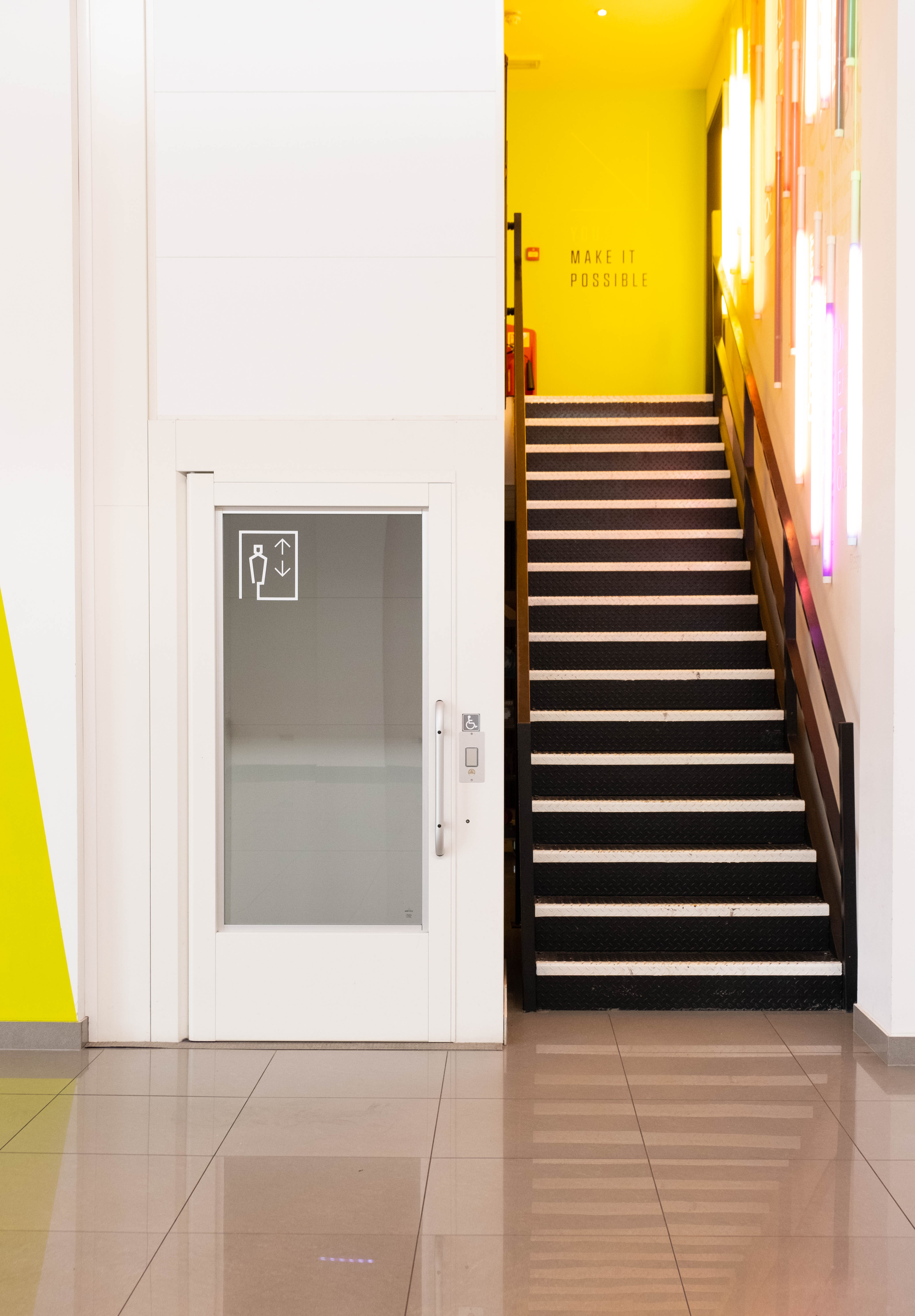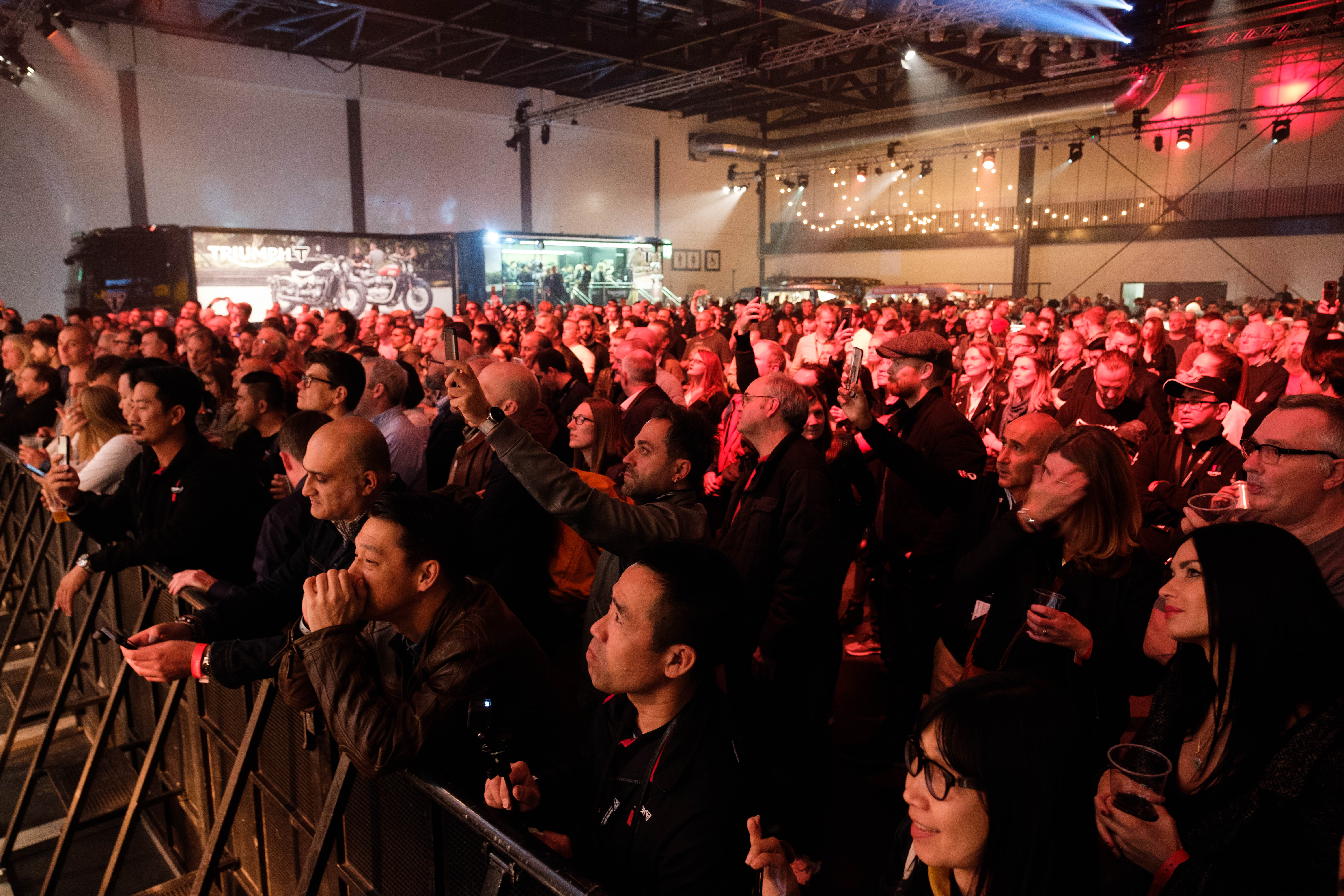They’ve both got ‘employee’ in the name, they’re both bandied about in corporate conversations and they can both have an incredible impact on your business. There’s a lot that unites both employee engagement and employee experience, but understanding their differences is vital to realising their benefits.
If you’re hoping to make your workforce more productive, if you want your employees to feel more committed to your organisation and if you want to create a better place for those people to work, then both employee experience and employee engagement must be in your vocabulary.
What is employee experience?
Employee experience can be tough to pin down simply because it covers so much. Essentially, it describes employees’ engagement with every touchpoint throughout their life cycle with a particular company. That might include how they feel about the office, colleagues, internal comms, benefits – the list is endless.
Increasing in popularity, the term is useful because it views a workplace from the employee’s perspective and considers how opinions are formed along every employment journey. Employee experience is formed, and may adapt, from onboarding, through performance, growth and eventually exit.
Pay is no longer enough to attract and retain the best people, so making your employee experience the best it can be is crucial. To find out more, check out our blog on What is employee experience?
What is employee engagement?
Employee engagement is perhaps a little easier to understand. According to our own head of HR, Heather McDermott, “Employee engagement is the emotional commitment an employee has to their organisation and its goals”. Are they passionate about the work they do? Do they look for ways to push the business forward? Do they shout about its successes?
It’s easy to confuse happy employees with engaged ones, so it’s important to think more widely about mindset, productivity and passion when referring to engagement at work. Though many are happy in their roles, globally only 15% are truly engaged and only four in 10 believe they have the opportunity to do what they do best every day.
Not surprisingly, managers play a central role when it comes to employee engagement – up to 70% of the variance in employee engagement is due to management. There’s no question where at least some of the responsibility for boosting engagement sits.
Engagement vs. experience: What’s the difference?
Though they’re different, these two terms are absolutely linked as both are part of one process. Put simply, employee experience is an input, while employee engagement is the outcome you are aiming for. By improving employee experience, you can increase engagement across your business.
It works the other way too; poor employee experience almost guarantees a disengaged workforce. That can be a critical component in any organisation’s success, or failure, as teams with high engagement levels are up to 22% more productive and are more motivated to seek out new business too. Engaged employees, with a positive employee experience, could be make or break.
For business leaders though, it can be relatively simple to generate a more positive employee experience. Gimmicks, like a ping pong table or benefits no one actually wants, won’t work. But a change of mindset might. Find out more in our blog 7 top tips for improving employee experience.
When leaders think of employees as they do customers who must be convinced to remain loyal, rewarded when appropriate and always considered a priority, employee experience naturally improves. Your business goals should naturally follow.
Discover more about employee engagement with our expert blogs on every aspect of the topic, from how it boosts productivity to ways to encourage it in your organisation and how media like video can help. But first things first, employee experience. Learn all you need to know about that in our latest whitepaper, Workplace experience.











